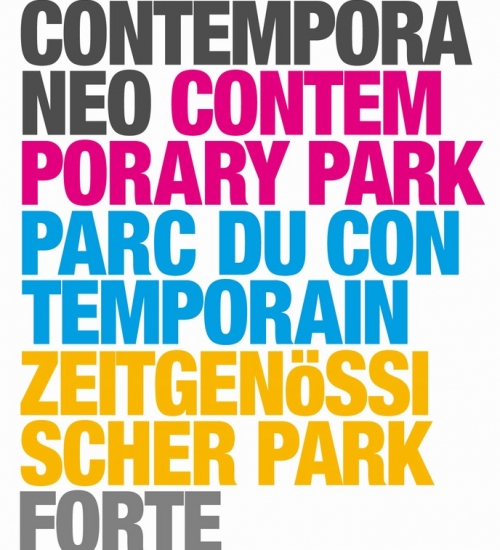GIOVANNI MORBIN
Future, Landscape. A changing exhibition I
OPENING:
25 May 2012 – H. 6.00 pm.
Until 31 August.
WHERE:
Forte Marghera, Pavilion 36 – Venezia (ITALY).
Curated by RICCARDO CALDURA
Two terms simply juxtaposed, placed close to each other: future, landscape with that much strangeness that involves the use of a different language than one’s own, especially if it refers to two terms so full of meanings. It now seems that the future can only be talked about in globalized terms, and with a language suitable for the globalization process, while the term landscape seems to be able to recall at most, with respect to the more neutral and ubiquitous landscape, a condition that is now past, linked to the term ‘country’, a term that risks sounding obsolete today both to describe the micro-local relational scale as well as the national one. Today, we can still speak of a town, and perhaps of genius loci, hearing the etymological origin deriving from the Latin term pagus – which meant district and village, parish and countryside – resonating within it, considering what the concrete consequences were of having conceived for decades, as Rosario Assunto bitterly reminded us in one of his famous studies, the landscape in terms of pure spatial extension? Yet, since the 70s of the last century, when Assunto published his “Landscape and aesthetics”, something seems to have changed if in our days, as Gilles Clement wants, a new, third, condition of the landscape is recomposed, which is described in his “Manifesto of the third landscape”. A consciously hybrid and nonetheless vital condition, due to the practices of abandoning industrial, agricultural, tourism models, now obsolete, a condition open rather to a new vision of things, thanks also to a different general sensitivity. Referring to the arts to address and reflect the complexity of these issues indicates that we cannot rely only on disciplinary tools of a more strictly analytical type to observe what is around us. In short, if you want to try to understand the relationship between what is returned to us from the past in the landscape (waste to be recycled, a protectable fragment, residue of an aesthetic representation mode that may sound anachronistic) and its future condition, the arts can help us. not a little. Offering, perhaps today more than in the past, very significant hints and suggestions to represent and imagine our relationship with the environment, with the sedimentations and stratifications that appear indistinguishable between what is artificial and what is natural, between what is reality, the outer world, and what instead constitutes our inner world. A ‘classic’ theme such as that of the landscape, to be revisited in all its possible meanings: from the description to the vision of a condition of things that is different from the current one, but which is visible in this. A landscape, as well as a sense of nature and the environment, revisited by contemporary artists who find themselves working in highly anthropized contexts, contexts that seem to have lost all aura, or symbolic dimension, but despite everything, a tension can still be felt. towards that condition of waiting, of the not yet, which makes every landscape a possible omen, a form of prefiguring the future. The exhibition form itself is conceived not statically, but as a device / organism capable of modifying itself, of transforming itself, changing like the theme it deals with: for this reason a changing exhibition. To an initial nucleus of artists, other artists will be added or replaced, with other works and installations, and other exhibition venues.
Future, Landscape. A changing exhibition is the first appointment in the series of activities envisaged by the “Linea mobile. Contemporary art projects between the Dolomites and the Venice lagoon” which sees the collaboration of Forte Marghera – Parco del Contemporaneo with Dolomiti Contemporanee, an open collaboration with other associations such as the SPAC in Buttrio (UD). The project as a whole aims to build and network a series of associative subjects that operate specifically in relation to the territory and contemporary arts.
Artists: Cristian Chironi, Marco Citron, Cuoghi Corsello, Bruno Estevan, Roberta Franchetto, Antonio Guiotto, Dritan Hyska, Hannes Lang, Dacia Manto, Tiziano Martini, Giovanni Morbin, Pavel Mrkus, Paolo Parisi, Serse, Eltjon Valle, Jonathan Vivacqua, Andreea Werner
What remains of the landscape today between residues of the past and productive transformations, abandonment and environmental requalification, nostalgia for feeling the earth as a place of belonging and visions of another possible future? The exhibition aims to offer a broad-spectrum reconnaissance between the places described and imagined places, capturing the landscape with its stratifications of natural and artificial, of external aspects and internal projections. The same exhibition form is conceived as a device / organism capable of modifying itself, of transforming itself: to an initial nucleus of artists, other artists will be added or will take place, with other works and installations, and other places in which the exhibition will be rearranged. and reformulated later.
